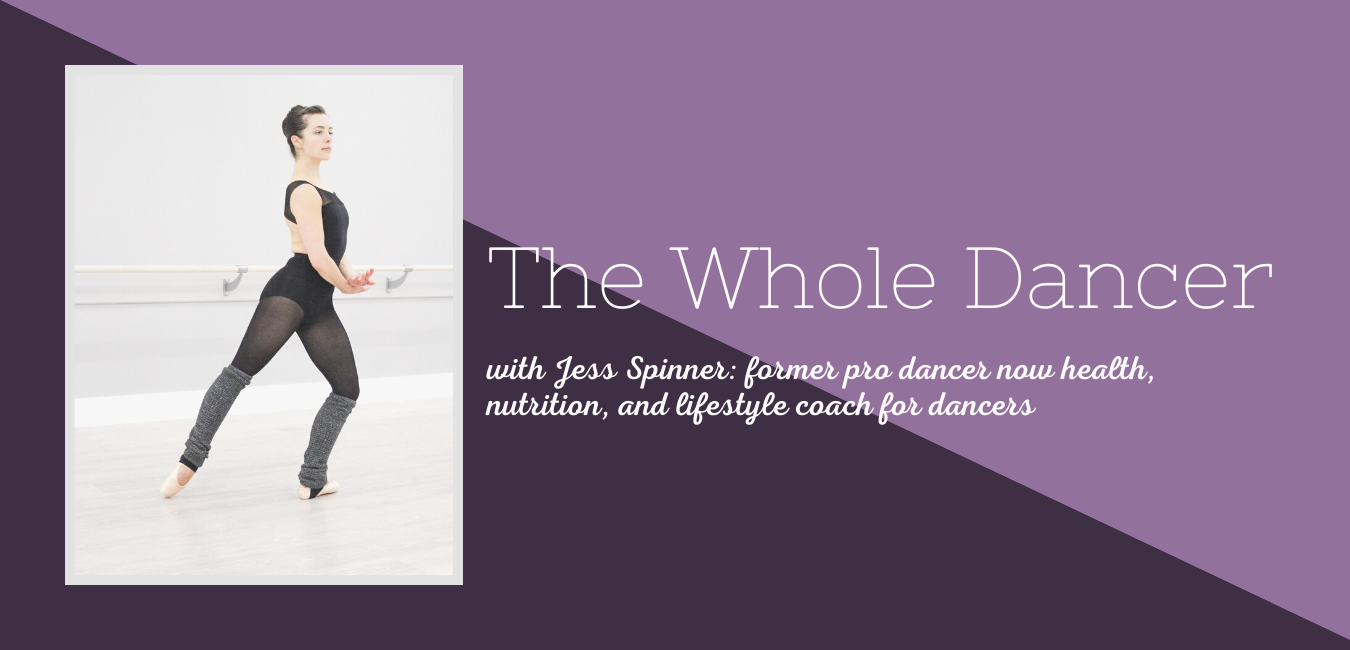Ballet Body Thoughts
from a Man in Ballet
Asher Taylor-Dawson shared some incredibly insightful thoughts on the dancers’ body in The Whole Dancer Facebook Group. I asked him to expand upon his ideas for this post. I hope that his perspective will be supportive to those pursuing dance at a pre-professional and professional level. How will you define your best body?
A spark: defining “best body.”
Recently, Jess opened a Facebook group discussion with the question, “What does ‘dancers’ personal best body’ mean to you?”
I was ready for this: as a dancer and as a teacher, I think about that all the time. Right off the bat, I replied:
“The body that works the best: the one that feels good, can move freely, can execute technique effectively. One that is tired enough at the end of the day to sleep well without being so tired that it’s already cooked upon waking.”
Even before I hit “reply” though, I knew that my answer wasn’t the whole truth. And I had to ask myself why? Why did writing the whole truth feel like stepping onto a minefield?
Form follows function.
I suppose I should begin with the rest of the truth.
I’m a muscular guy with close-set hip, and a dancer in a ballet company with a mostly-classical repertoire. Too much muscle or fat on my thighs makes it harder to achieve the really tight fifth and crossed fourth positions that underpin so much of classical technique.
In short, because of the way my pelvis is constructed, my legs can only be so big before they get in their own way. Anyone whose legs are set a bit farther apart than mine won’t have the same problem.
Therefore, for me, the whole truth includes the caveat, “…and my personal best body has to remain within certain size constraints, for functional purposes.”
When I put it that way, of course, it’s suddenly clear why saying it the first time felt a bit dangerous.
Too often, as dancers, we experience immense pressure, spoken or unspoken, conscious or not, to be smaller, thinner — to fit ourselves into an ultra-lean aesthetic that is, for most of us, unsustainable. And any time size comes up, even in a case like mine, it touches that nerve.
What happens when form gets the upper hand?
There are so many dancers — especially women — of different sizes and shapes whose artistry and technical prowess should be more than enough to earn them their place in the studio and on the stage.
Yet, the predominant aesthetic in our art form routinely pushes so many of them to the margins or even right out of ballet. They’re seen as “too fat” or “too muscular.” As children, they find themselves tucked away in the back of the Nutcracker’s party scene; as adults, if they can find work, they may be told outright to lose weight.
Most humans can’t be as lean as ballet’s current aesthetic demands and still perform grueling feats of physical dexterity. We’ve been fed the message that if we can’t, we don’t belong in ballet. Worse, the message is bred into our bones, so we hear it from inside, where perhaps it hurts us the most.
Images of great dancers from the past, however, might surprise us. Nijinsky was famously stocky and short-legged. Marie Taglioni was built a bit like a gymnast. Even such legendary ballerinas as Pavlova and Fonteyn seem robust compared to many of today’s slight sylphs and wiry wilis.
Though aesthetics always influence art, we remember these icons of dance not because of how their bodies looked, but because of what those bodies could do.
In any living art form, technique and aesthetics must, by definition, evolve. We evolved towards a lean, wiry aesthetic — but we can also evolve away from it.
Function and form can be partners.
There remains, of course, the argument that women in ballet should be light so the men can lift them. I feel rather vulnerable saying this so starkly here in a very public setting, but I feel it still needs to be said: if ballet requires women to starve so men can lift them, ballet needs to change.
As a male ballet dancer, I see it as my job to be strong enough to lift my partner. Not her job to be light enough for me to lift.
There are limits, of course. There will always be limits. Great artists, by definition, learn to transcend limitations.
This shouldn’t mean starving female-identified dancers, though. Instead, choreographers and dancers can work together to evoke an image or mood by harnessing biomechanics. We can swap an overhead press lift, where strength is key, for a dynamic lift to a shoulder, where momentum can help. Or we can use any number of other lifts.
To the audience, either one looks like magic — and isn’t that really the point? To create that magic, we have to be healthy and strong. That will look different for each of us, which might mean a very different aesthetic will develop But put us all together, each at our own best, and I suspect that we’ll have something beautiful, and that ballet will emerge renewed.
 Asher Taylor-Dawson is a dancer at The Lexington Ballet Company in Lexington, KY, a teacher of ballet and modern dance, and a founding member of Antiphon, a small contemporary ballet company, where he focuses on creating works on diverse dancers across the spectrum of size, shape, and age, using traditional and non-traditional approaches to partnering. Born in raised in Connecticut, he lives in Louisville, KY with his husband, Denis, and their cat.
Asher Taylor-Dawson is a dancer at The Lexington Ballet Company in Lexington, KY, a teacher of ballet and modern dance, and a founding member of Antiphon, a small contemporary ballet company, where he focuses on creating works on diverse dancers across the spectrum of size, shape, and age, using traditional and non-traditional approaches to partnering. Born in raised in Connecticut, he lives in Louisville, KY with his husband, Denis, and their cat.

I’ve read this post two different times now and both times it has struck me as being so TRUE, and yet an elusive sort of truth, sadly. Asher, your perspective is really so helpful to me. Jess, thank you for posting this! It has helped me to shift my perspective from one focused one looks to one focused on what I can ACHIEVE, and rereading it just reinforces that learning. I may come back again in the future 😉